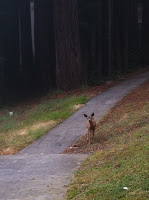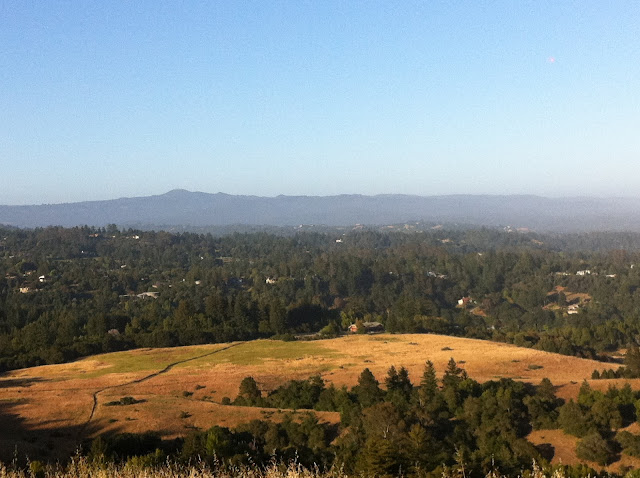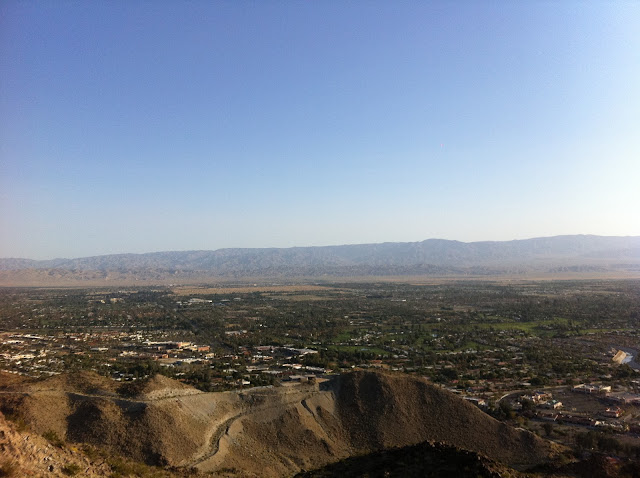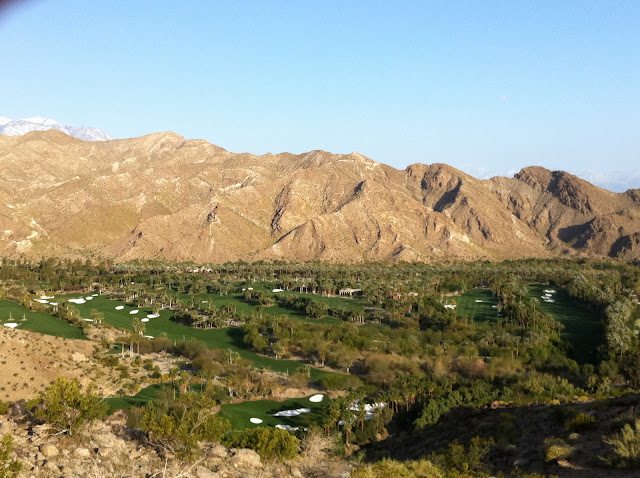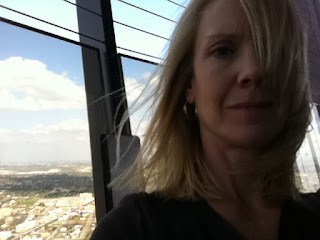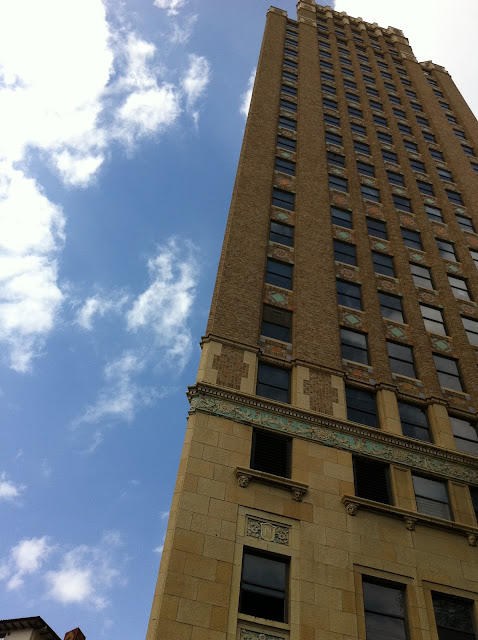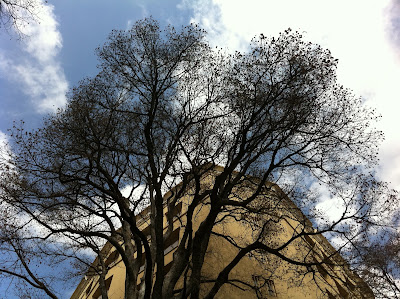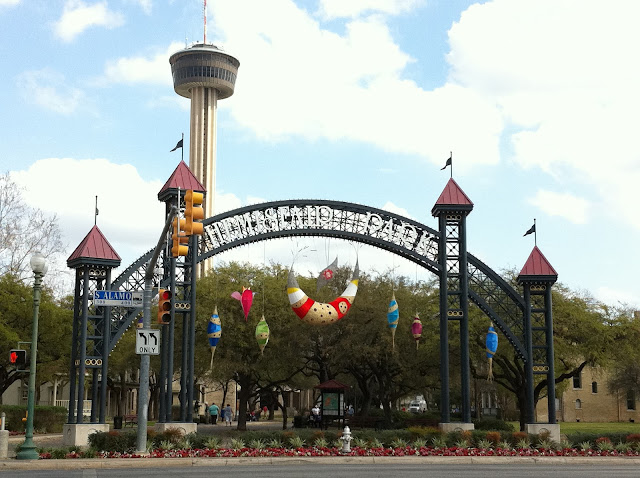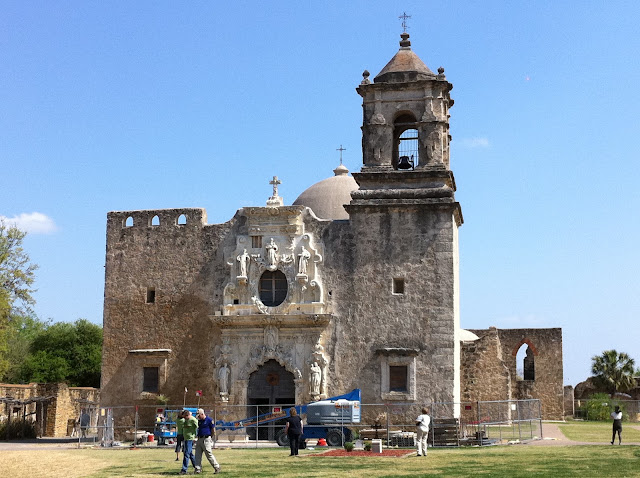 |
| New Zealand northland. Who wouldn’t want to check this out? |
Damn Elizabeth Gilbert.
In August last year, I posted “Exactly Not Like Eat, Pray, Love,” railing against how those three words have become a part of speech. A verb: “She’s doing an ‘Eat, Pray, Love.’” An adjective: “It’s an ‘Eat, Pray, Love’ trip.” I could go on. So today, when I mentioned to an acquaintance that I was planning to go to New Zealand for a couple months this year, and she remarked, “Ooooh – ‘Eat, Pray, Love,’” I couldn’t stop the sour expression – or maybe the eye roll – or maybe the look of disgust – that came over my face. It was obvious enough that she started to explain herself.
I shouldn’t get down on Gilbert. She’s not the first to do it. The woman who wrote the Tuscan Sun book, she played a part in this too. And the whole Shirley Valentine story. Bread and Tulips. All women who had a crisis and took off for awhile and inevitably, it seems, ended up finding true love.
Yeccchh.
Sorry. I’m just not down with that.
Why is it that we women still have this whole Cinderella thing going on? And you women – don’t you dare say that we don’t. I still have a smidgeon of it left, even after my five year stint as a low-end facsimile of a trophy wife. (Quite frankly, my ex-husband didn’t have near enough money to justify his bad behavior, and I think that many women who have escaped similar relationships would say something akin to that.) I’ll be the first to admit that I was enchanted by the car, the ring, the new life, the idea of being taken away from all that dragged on me. I believed that a relationship would make me feel better.
When someone makes a reference to That Book (as I have come to call it), I can’t help but think about how she ends up with a guy. And it smacks of the Cinderella thing all over again. Go through pain, go eat a lot (going to Italy seems like the international version of pigging out on Ben & Jerry’s while watching “An Affair to Remember”), fill the spiritual vacuum, and then skip off with a new love.
I understand that I’m over simplifying it, but why is it that women don’t see the formula and resent it? Or maybe I should ask, why is it that women see the formula and don’t question it? I am so saddened by that.
 |
| Lugg-dogg, on whom I lavished affection. |
Amazingly enough, this is the first time in my life that I can recall, that I do not want a man to take care of me. The first time. Really. And I’m 40-ish. (Full disclosure – I am receiving alimony from my ex.) But I’m not getting rich off of it. And I don’t have some sort of high-powered career into which I pour my unsatisfied yearning for a relationship, or a pet on which I can lavish my affection, (although I have done both of those things.) No. I just want to be by myself and do my own thing, not search for the next hostage.
My desire for travel is wanderlust. A desire for adventure. Curiosity. A compulsion to investigate. A search for a worthy topic.
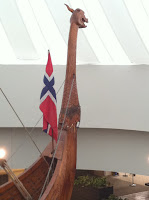 |
| Exploring. |
|
What I am interested in doing is finding a place that I like, where I can put down roots. Not the place where he is, or where he’s going. And if someone comes along after that, or not, either way is absolutely fine with me.
To be fair, I think that Gilbert wasn’t looking, either, when she was in Bali. It just happened, as many good things do when you aren’t out looking for them. Sort of like chasing a dog – running the opposite direction is a sure-fire way to attract its attention. But it concerns me that this book has hit such a chord in the feminine psyche. Are women so terribly unsatisfied with their lives?
On another topic. I was told the other day by someone that my writing is good, but she finds reading it like listening to a singer who has fabulous technique – just not an emotional connection to the art. No heart. I have had time to consider that comment.
Boy, that pisses me off.
Enough emotion?
Pisses. Me. Off.
Because I do not agree.
I’m not sure that my writing is technically excellent – perhaps it is. It’s just the way I write. I may not write breathlessly confessional pieces, or the sort of sap that one would find in “Chicken Soup for the Martian’s Soul,” but I write what I think, what I believe, what I feel and what I experience.
In 1994-ish, at the beginning of my Hundred Years of Therapy, I was working as a temporary admin at Marion Merrill Dow, a pharmaceutical company that had once been Marion Laboratories, and had been purchased in what would be the first of many hand-offs. It was the new fashion to do “visioning” (another word that should NOT be used as a verb) exercises and come up with statements and intentions, blah, blah, blah. I decided to come up with one for myself.
I will see the world and write about what I see for the enlightenment, enjoyment and education of others.
That’s the crux of it. There’s more, but I can’t remember it all, but I do know that it has something to do with Vikings, but it’s not really important. I only put it down here to set the record straight. That’s what this blog is for. Nothing else. I write about what I see, and if you like it, great, and if you don’t, feel free to kiss my ass.
